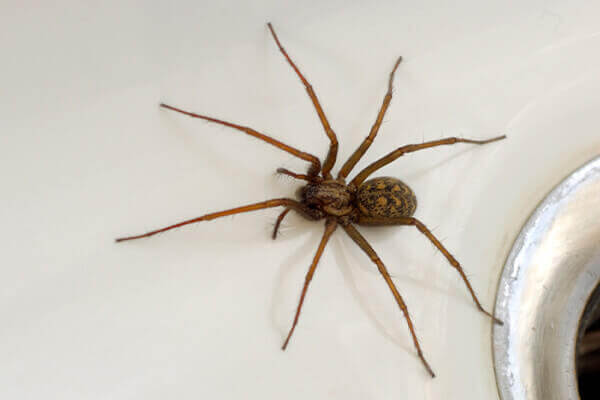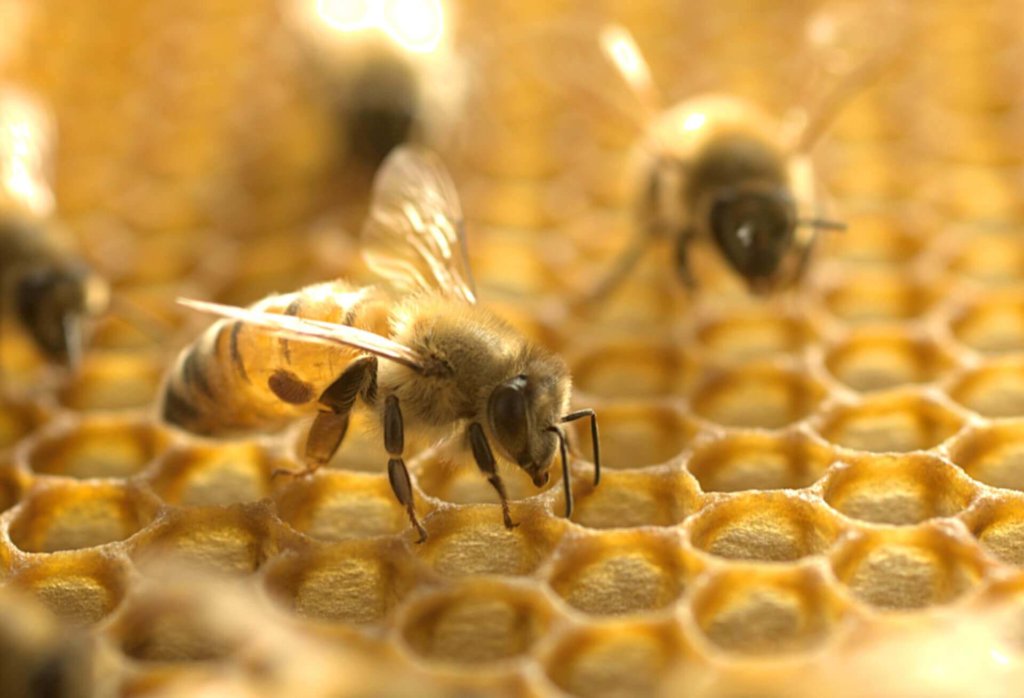Let’s start at the beginning. What does overwintering mean when it comes to pests?
Simply put, overwintering is how an insect passes the winter season. Many insects overwinter as adults, pupae, or eggs. They can overwinter inside buildings, under tree bark, or beneath fallen leaves or other plant matter on the ground, among other places.
Ladybugs, boxelder bugs, caterpillars, butterflies, stink bugs, crickets, moths, flies, spiders, and mosquitoes are all pests that will overwinter. But how? Here are a few ways they can outsmart the colder months in our area.
Migration: We all know a snowbird that winters down in Florida. This is not just a human strategy. Many insects use migration as an escape from the killing temperatures. The monarch butterfly is the foremost example of this maneuver, but other insects migrate into northern areas from the southern states in the spring. Crop pests like dragonflies, beetles, butterflies, and moths are the most common insects that use migration as a life-saving mechanism.

Swaddled: Again, just like humans wrap a newborn to keep him/her warm and protected, immature insect larvae successfully make it through the winter this way. Heavy piles of leaves can protect a woolly bear caterpillar, while other insects, like spiders, replace the water in their bodies with a glycerol compound that works like the antifreeze in your car. Some grubs simply burrow deeper into the soil to protect against the cold.
Genetics: Some nymph stages of insects can survive temperatures as low as 23ºF (-5ºC) because their tissues don’t freeze solid due to a variety of freeze tolerance mechanisms, which may include finding warmer microhabitats and/or adjusting the levels of certain alcohols or sugars in their blood to lower their freezing point. The nymph, in entomology, is the sexually immature form of an insect. It’s similar to the adult and found in such insects as grasshoppers and cockroaches, which have incomplete, or hemimetabolic metamorphosis. In layman’s terms – they just haven’t grown up yet. The nymphs of dragonflies, mayflies, and stoneflies live in waters of ponds and streams, often beneath the ice. They feed actively and grow all winter to emerge as adults in early spring.
Eggs: Very few insects lay eggs that can survive the cold temperatures in the winter. Corn rootworms, the destructive pests prominent in the Midwest, and praying mantids – which include the praying mantis – both can.
Pupae: The pupal stage is one of the four life stages that many insects who undergo a complete metamorphosis go through (think butterflies). Many pupae can survive the winter in this stage. You will find them mostly attached to plants.

Hibernation: Many different kinds of adult insects will seek out places to hibernate in the winter. This is oftentimes when they find their way into your home or business. Honeybees usually stay in their hives during the winter, forming clusters for warmth when the temperatures get extremely cold. They even vibrate their wing muscles to raise their body temperature. Insects like wasps will be looking for attics or eaves to live in during the winter. Spiders, too, will come inside to escape the cold and survive through the winter.
With all these choices, overwintering, in general, is not all that hard for insects – especially if it’s a mild winter or if the temperatures stay constant with few extreme fluctuations. A heavy snow can even provide more insulation from the cold air and help them live through the winter.
Many insects are inactive during the winter months. They actually go into a state where their growth, development, and activities are suspended temporarily. Their metabolic rate is only high enough to keep them alive. So, if you’re wondering where do pests go in the winter, they are still around in one way or another.